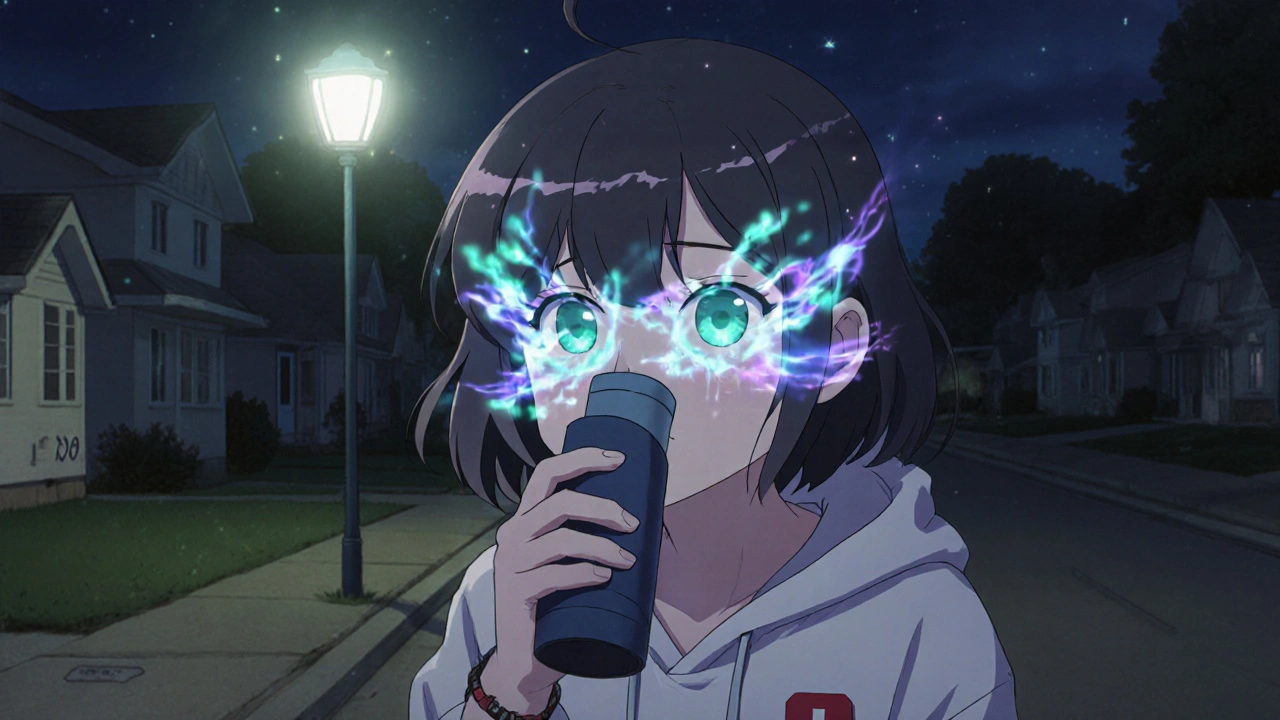Steroid Eye Side Effects: What You Need to Know Before Using Steroid Eye Drops
When you use steroid eye drops, prescription medications containing corticosteroids used to reduce eye inflammation. Also known as ocular steroids, they’re powerful tools for treating conditions like uveitis, allergic conjunctivitis, and post-surgery swelling. But they’re not harmless — even short-term use can trigger serious side effects if not monitored. Many people assume because these drops are applied locally, they’re safe. That’s a dangerous myth. The eye is delicate, and steroids can quietly damage it from the inside.
The biggest risk? increased eye pressure, a rise in intraocular pressure that can lead to glaucoma if left unchecked. This doesn’t always cause pain or blurry vision right away. In fact, you might feel fine while your eye pressure climbs. Studies show up to 30% of long-term users develop elevated pressure, and some never notice until vision loss starts. Then there’s cataracts from steroids, clouding of the eye’s natural lens caused by prolonged steroid exposure. Unlike age-related cataracts, steroid-induced ones can develop faster — sometimes in just a few months. And once they form, surgery is the only fix.
Other side effects you might not expect include delayed healing after eye injuries, increased risk of eye infections (especially fungal), and even thinning of the cornea. These aren’t rare. They happen when people use leftover drops for a new red eye, or keep using them "just in case" after symptoms fade. Steroid eye drops aren’t like painkillers — you can’t take them as needed. They need a clear start and stop date, set by your doctor.
That’s why the real issue isn’t whether steroid eye drops work — they do. It’s whether you’re being watched while using them. Regular pressure checks, follow-up visits, and knowing the warning signs can make all the difference. If you’ve been prescribed these drops, ask your doctor: How long should I use them? When should I come back? What symptoms mean I need to stop immediately?
Below, you’ll find real-world guides on managing side effects, recognizing red flags, and understanding how these medications interact with other treatments. No fluff. Just clear, practical info from people who’ve been through it — and the doctors who’ve seen the damage too.

Steroid-Induced Cataracts: What Vision Changes to Watch For and How They’re Treated
Steroid-induced cataracts develop quickly and cause blurry vision, glare, and faded colors. Learn how steroids damage the lens, who’s at risk, and why early eye exams can save your sight - even if you need to keep taking steroids.
October 27 2025